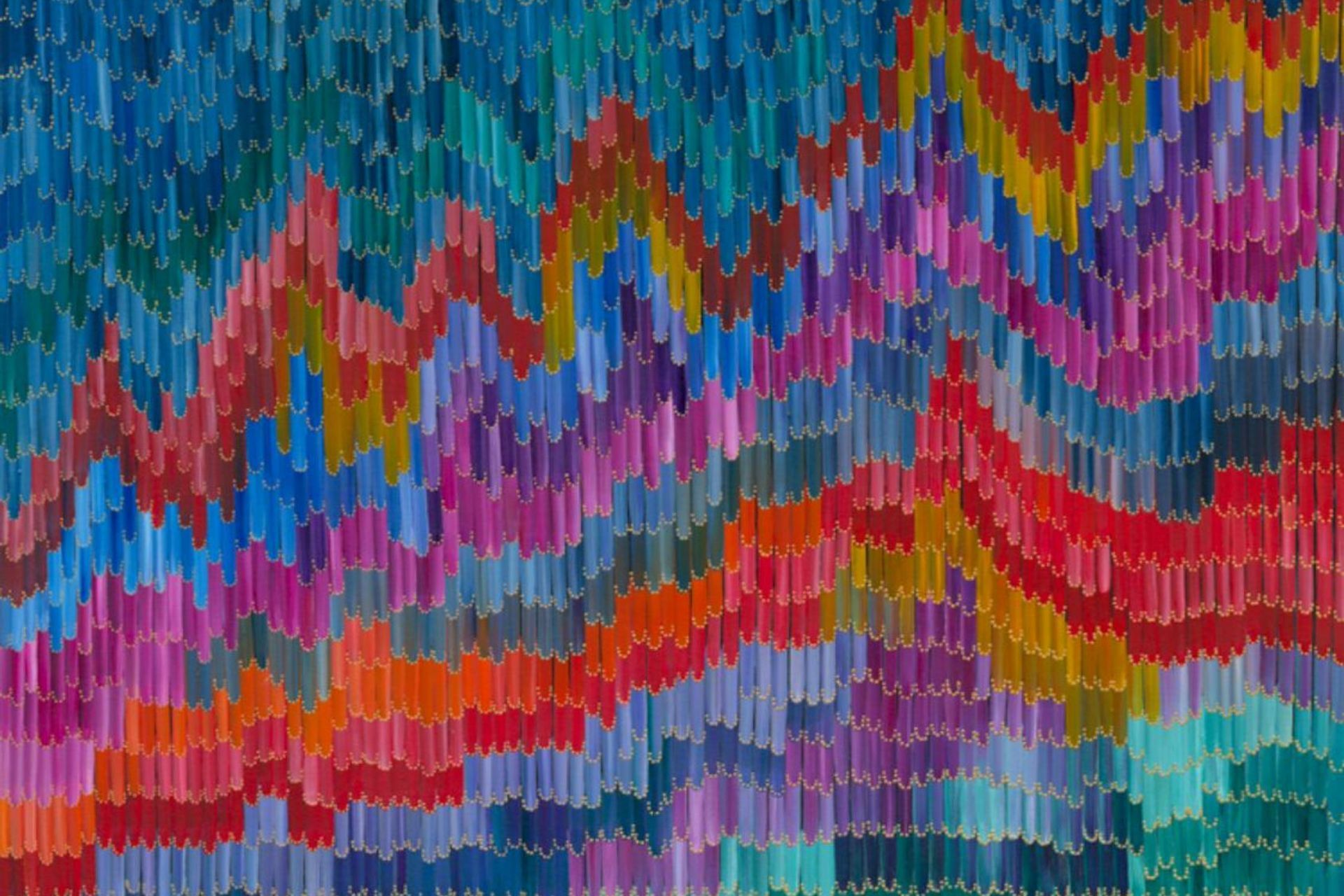How to ethically source and purchase Indigenous art in Australia
Written by
08 January 2023
•
3 min read

Artworks created by Aboriginal and Torres Strait Islander people are beautiful and valuable. These artworks depict knowledge, culture, stories and connection to country, language and tradition. However, if you wish to buy an authentic piece of art by First Nations Australians, it’s integral that you do so ethically to ensure that you are not only purchasing an authentic piece of art, but that you are supporting the artist and community by whom the art was made. This is important as, for many Aboriginal and Torres Strait Islander communities, art sales can be a main source of income for the artist and their community.
“Ethical dealings ensure the economic benefits are being filtered to the right areas and we are contributing to the continuation of traditional cultural practices, through ceremonies, storytelling, and creative mediums,” explains Matthew Cameron-Smith, CEO of Voyages Indigenous Tourism Australia. “This ensures integrity is maintained and intellectual property is kept with the right owners.”

Ask the right questions
The Indigenous Art Code administers a voluntary industry code of conduct, a set of rules and guidelines that dealers, both Indigenous and non-Indigenous businesses, commit to follow to ensure ethical practices and fair treatment of Aboriginal and Torres Strait Islander artists. The Indigenous Art Code advises that people wishing to purchase artworks look for the Indigenous Art Code logo in stores and galleries, and ask the following questions at any art centre, gallery, art dealer, auction or art fair to determine if they are an ethical seller. “The Gallery of Central Australia (GoCA) is an example of an ethical business that sources art from non-profit Aboriginal community-owned art centres and independent artists,” says Matthew.
- Who is the artist?
- Where is the artist from?
- How did you get the artwork or product in your gallery or shop?
- How was the artist paid for their work?
- If it is a reproduction of an artist’s work, how are royalties or licensing fees paid to the artist?
- Is your gallery a specialist in Aboriginal art?
- How long has your gallery been around? (If a business has suddenly appeared from nowhere, where were they before? And where will they be next week?)
- Is your gallery a member of the Indigenous Art Code?
Read now: How to use wall art to make a small space appear larger

Checking for authenticity
According to the Indigenous Art Code, any piece of Aboriginal and Torres Strait Islander art valued at more than $250 and bought from an art centre, or gallery that sources art from art centres, will come with an official art centre authentication certificate.
“Documentation accompanying the works, such as artist's biographies and certificates of authenticity listing the provenance, the year the work was painted, and the artist’s story of the work, should accompany each artwork,” says Matthew.
Read now: Architects Declare: an architectural movement protecting our planet

Do your homework
“We encourage consumers to do some research before purchasing art,” says Matthew. “Look up the art centres and artists, see why they exist and if they state their vision.” You can also use the following peak body organisations to verify the authenticity of businesses across the country: Arnhem, Northern and Kimberley Aboriginal Artist (ANKA), Aboriginal Art Centre Hub of WA (AACHWA), Desart (Aboriginal Art Centres from Central Australia) and the Indigenous Art Centre Alliance supporting Far North Queensland Art Centres (IACA).
Discover more living and interior design advice on ArchiPro.